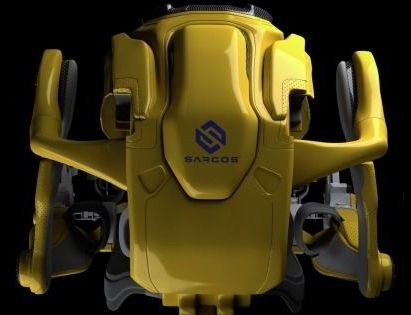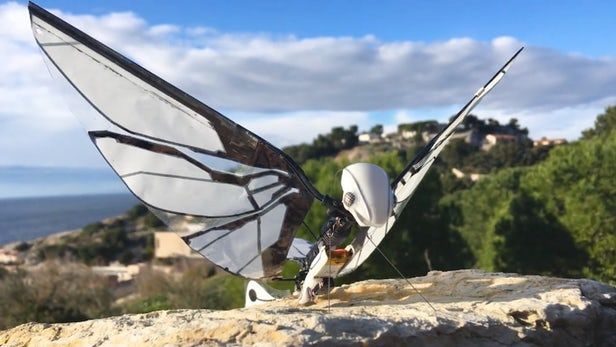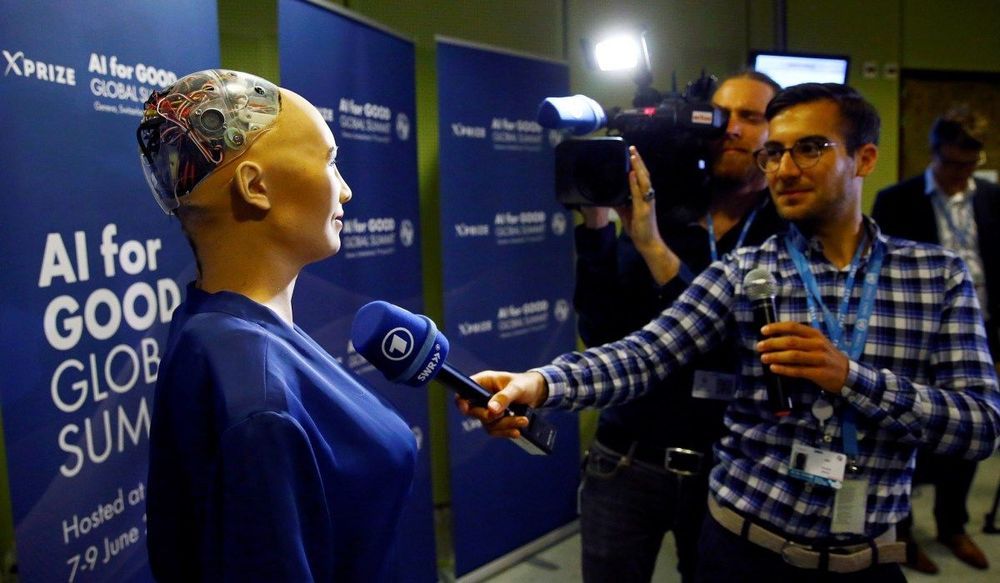The partnership could greatly enhance the productivity of a single officer in the field and decrease fatigue or strain — but the USSOCOM didn’t reveal the exact intended use case for the exoskeleton, which lets the wearer heft 200 pounds (90 kg).
Forklift Arms
It’s the latest sign that exoskeletons are finally hitting the mainstream. Automobile manufacturers are already considering the use of simpler exoskeletons on factory floors. And the Food and Drug Administration approved a lower-body exoskeleton last year for use by people with lower limb disabilities.








